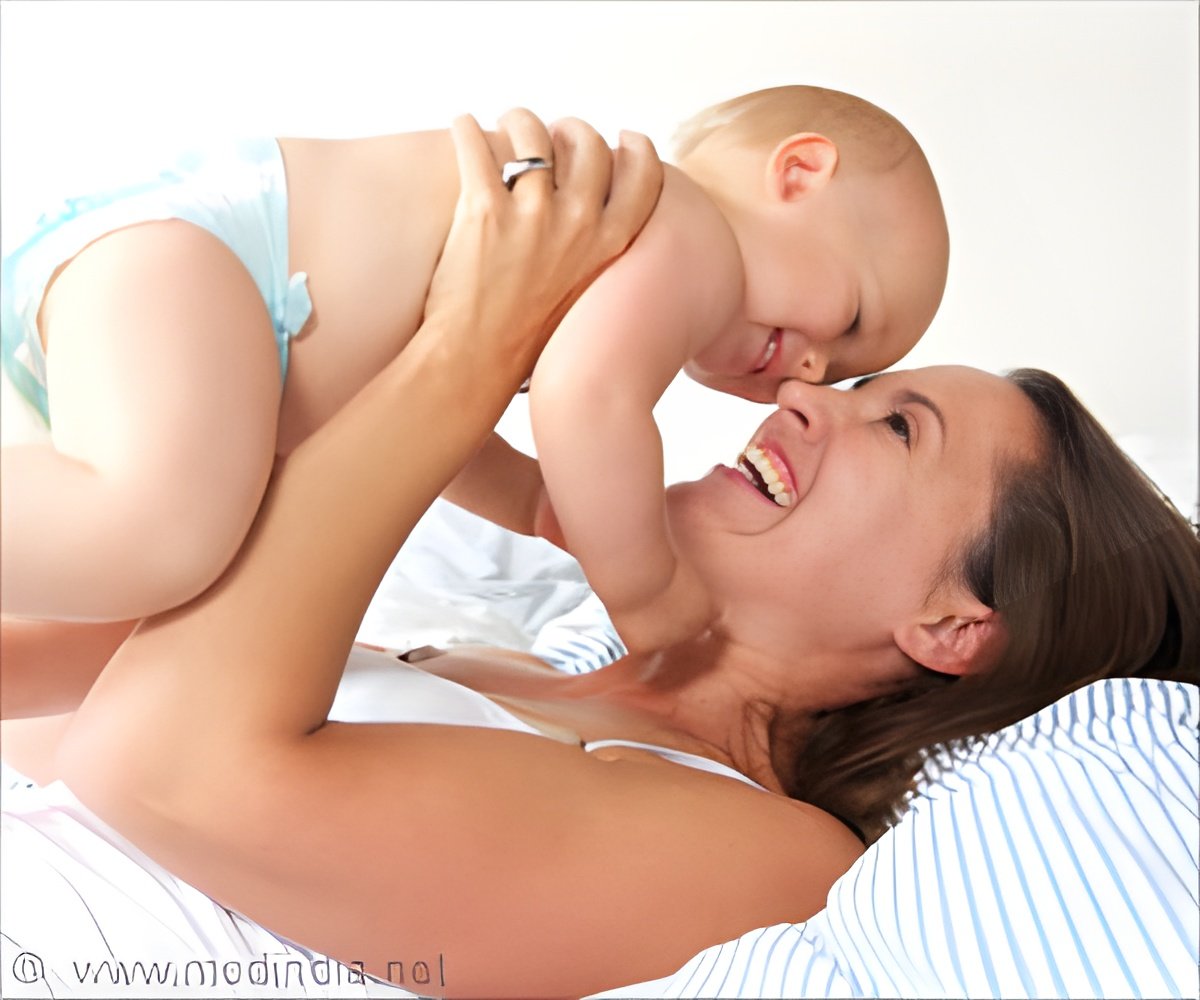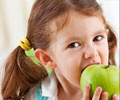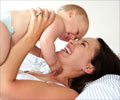Within the first six months of life, babies are able to extract information about which events follow on from each other.

TOP INSIGHT
By learning to estimate which event is more likely to happen, we become better at analyzing risks and benefits to guide our actions.
The neuroscientists investigated these relations by presenting animated film clips to 75 babies aged six, twelve and 18 months.
These short movies featured a machine filled with balls, most were blue, some yellow, which in a second sequence ejected lots of the mainly available blue balls into one basket, and into another container mainly yellow balls.
In this context, it was 625 times less likely that the machine chose yellow balls instead of blue. Therefore, the basket is filled with mainly yellow balls was a very unlikely event.
While the babies watched the movies the scientists observed them using the so-called eye tracking method to see which of the two baskets they looked at for longer – the likely or the unlikely option.
To make sure that the babies were not just more attracted by the color yellow in some of the trials, the researchers also used green and red balls.
The babies already succeed in determining which color makes up the majority of the balls and therefore which one is more likely to be drawn.
"Six months seems to be the minimum age at which infants start to deal with probability information. One previous study showed that babies at just four months old were not able to perform this task and therefore seemed to not yet be sensitive to this information," said Ezgi Kayhan, neuroscientist at MPI CBS.
"We suppose that from early on in life, our brains represent statistics of the environment. Within the first six months of life, babies are able to extract information about which events follow on from each other, or how likely one event is compared to another," said Kayhan.
Source-Medindia
 MEDINDIA
MEDINDIA




 Email
Email




